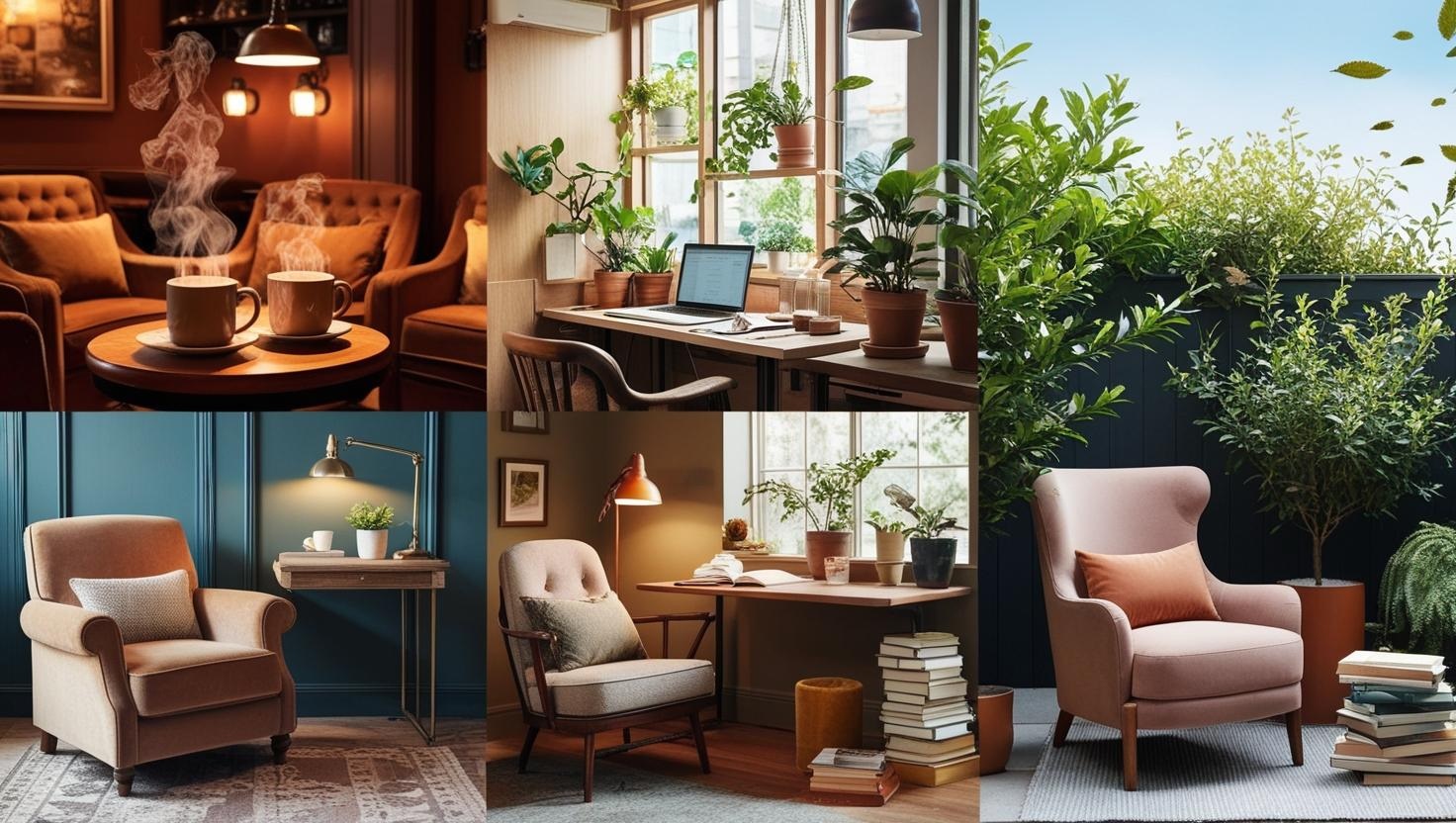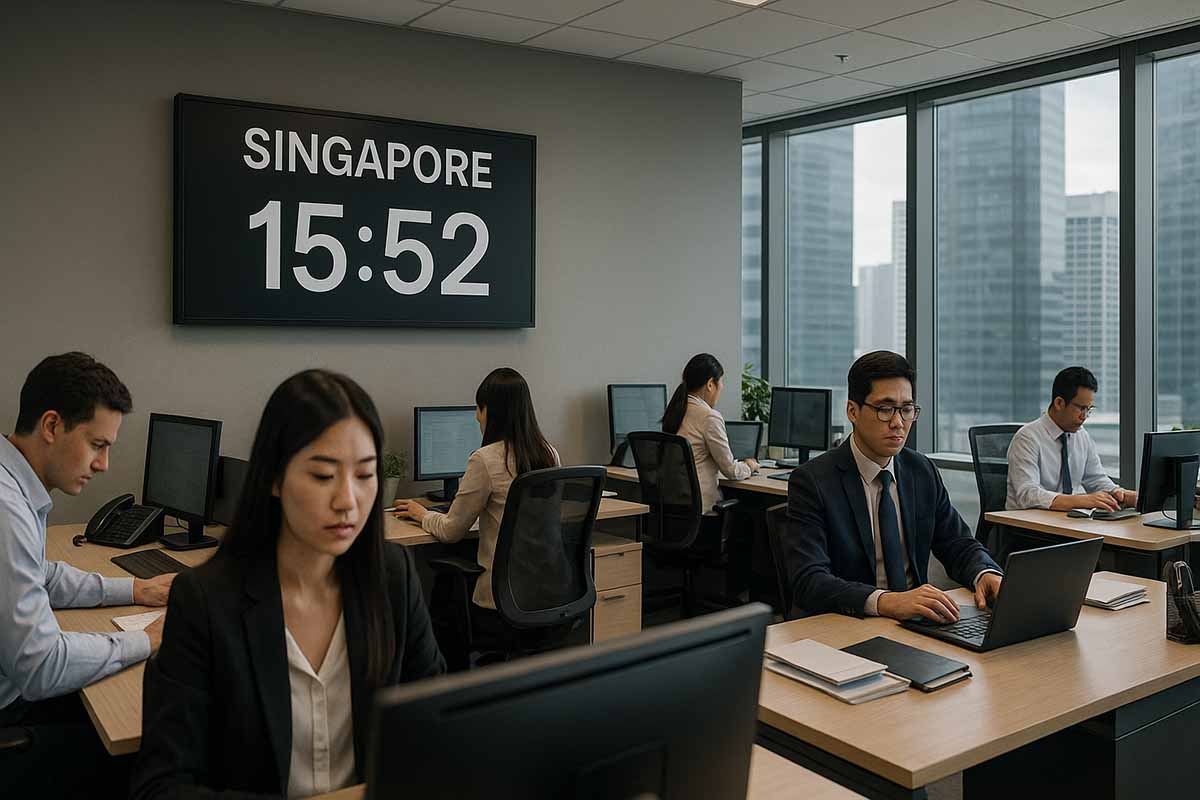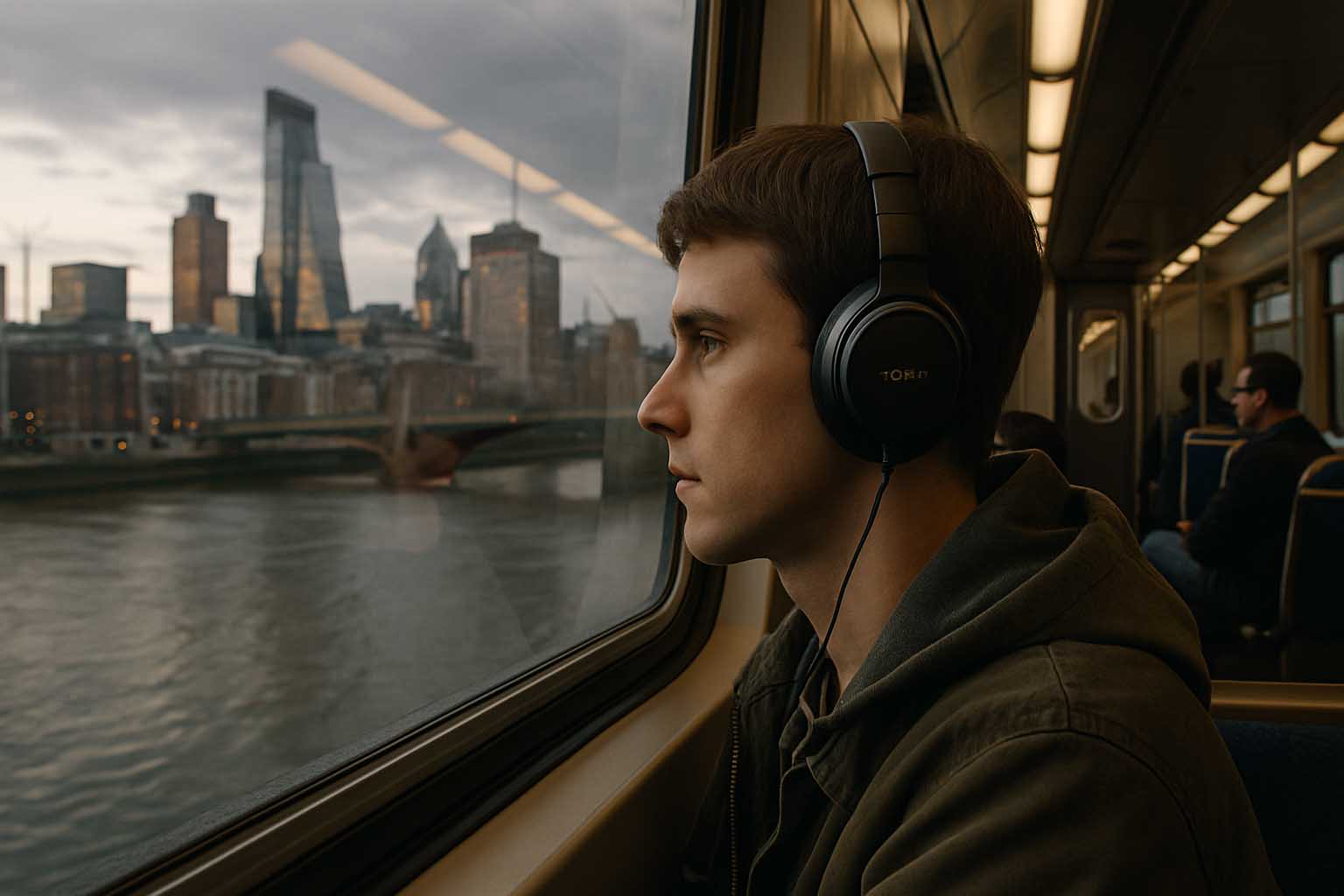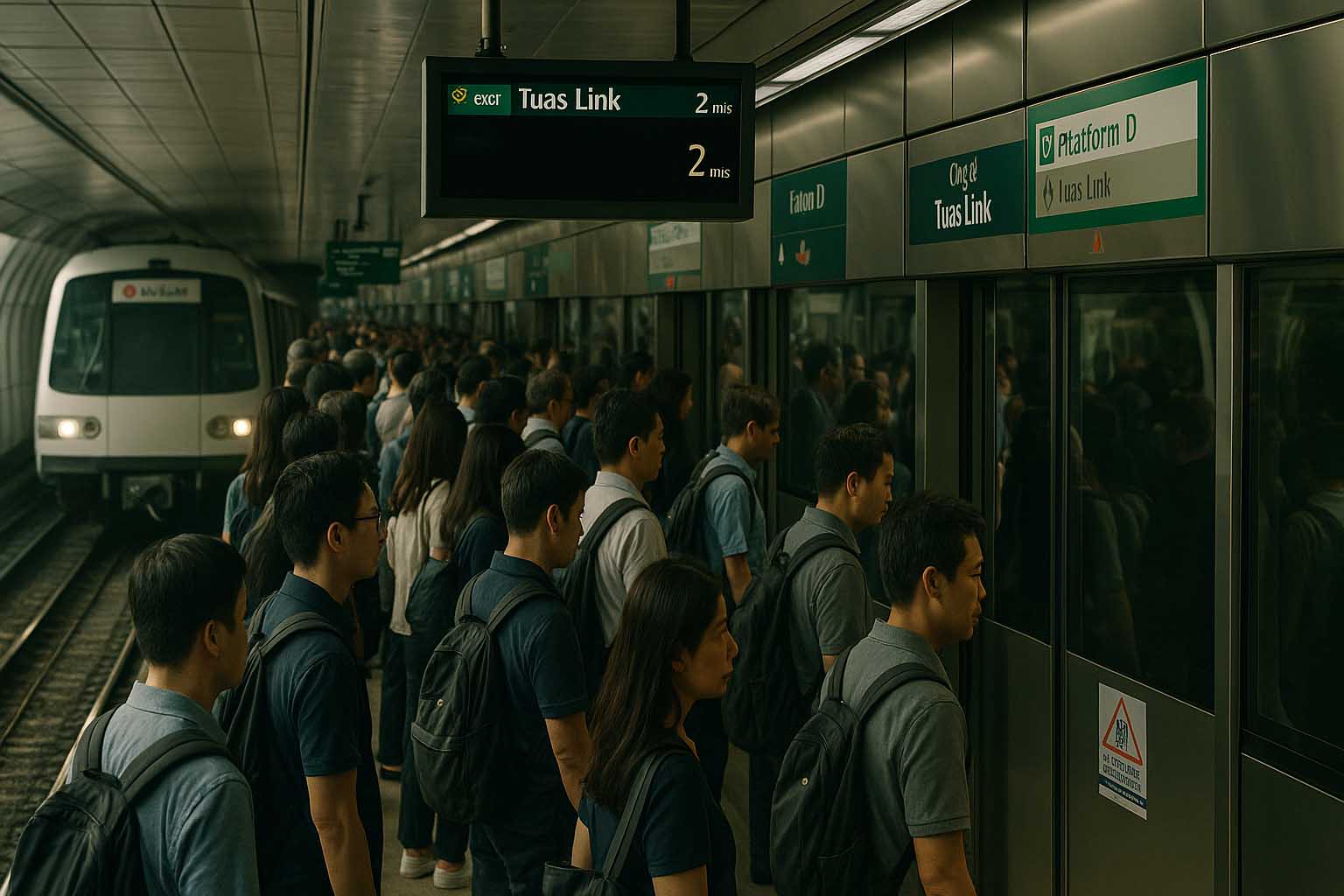The Science Behind Why Some Places Feel More Comfortable Than Others
There are moments when we step into a room and immediately feel lighter—like stress has quietly slipped away. Other times, a space might feel heavy or even unsettling. This experience isn’t random. Whether you’re designing your workspace, setting up a café, or simply choosing a cozy corner at home, knowing what makes a place feel comfortable can change the way we live and interact.
Even though preferences vary across individuals and cultures, there are proven psychological and biological reasons that explain why certain environments feel better than others. Understanding these reasons helps not only in improving personal comfort but also in creating welcoming spaces for others—be it in homes, offices, or public areas.
Different cultures approach space and comfort in unique ways. Yet, despite regional variations, people everywhere crave environments that make them feel safe, calm, and at ease.
What Creates That Sense of Ease?
Comfort doesn’t rely solely on a soft chair or an air-conditioned room. It’s shaped by a combination of mental, physical, and cultural factors that come together to shape how we feel inside a space.
Emotional and Mental Triggers
Our brains react quickly to things we see and hear. Gentle music, soothing colors, and clean layouts can make us feel calm without us even noticing. Some places also stir happy memories. For instance, the smell of coffee in a quiet café might remind someone of long chats with friends from years past.
Mood plays a part too. If you’re well-rested, you’re more likely to feel relaxed in a space. But if you’re tired or stressed, even a minor annoyance—like background noise—can feel overwhelming.
Natural Balance and Physical Conditions
Environmental comfort often depends on climate. In colder regions, thick walls and heat retention matter. In warmer countries, airflow and light fabrics help people feel at ease.
The design of a space affects more than just warmth. Natural lighting, soft sounds, and nearby greenery also contribute. Many studies show that adding indoor plants can ease stress and spark creativity. Our bodies respond well to natural surroundings—even a small window view of trees can lift someone’s mood.
Culture and Daily Traditions
Cultural practices shape how spaces are designed and used. In parts of Asia, homes often include floor mats and minimal furniture to encourage peace and simplicity. Meanwhile, in South America, thick clay walls help keep homes cool in hot weather.
These examples show that comfort isn’t always about modern decor or trendy designs. Often, it’s about using what’s locally available and adapting to what people have always valued in their communities.
Comfort Around the World
A tiny café in France might have dim lighting, soft chairs, and music that doesn’t overpower. In Japan, teahouses are often quiet and orderly, designed to promote calm conversation. Scandinavian homes and cafés often embrace the idea of warmth and simplicity, offering cozy corners even in the coldest months.
Modern offices have also started to focus on comfort. Some feature open layouts with lots of light and space. Others offer small relaxation areas with plants and soft seating. These changes show that organizations value the well-being of their staff—and it reflects in their productivity and morale.
Key Elements Worth Considering
A few thoughtful adjustments can improve how a space feels. Here’s a helpful list:
- Lighting – Balance between natural and artificial light helps with focus and mood.
- Noise – Some prefer total silence, while others enjoy gentle background music.
- Temperature – Too warm or too cold can make it hard to relax or work.
- Fresh Air – Good airflow matters, especially in small or crowded rooms.
These details don’t just affect designers—they influence anyone trying to create a space that supports good health and daily living.
Health Benefits of a Well-Planned Space
Doctors and wellness experts agree that a tidy and peaceful environment can lower stress. Less tension leads to better sleep, clearer thinking, and higher energy levels during the day.
As more cities develop, many architects now focus on buildings that support both the planet and human health. Wider windows, proper ventilation, and low-odor materials are becoming common. These aren’t just aesthetic choices—they help reduce allergies and improve overall comfort.
The Emotional Side of Where We Are
Places we love often carry emotional weight. A childhood home or a favorite park can bring feelings of peace even after years. Some people keep photos of places they love nearby, and just looking at them can bring comfort.
In cities that invest in green public areas, people are more likely to connect and feel less isolated. These shared spaces encourage interaction and ease the daily pressure of busy routines. In the end, comfort is more than physical—it’s also about emotional safety.
Design Principles That Make a Difference
Designers often rely on specific techniques to create welcoming spaces. For instance, “biophilic design” involves bringing elements of nature—like plants or water—into buildings. “Minimalism” encourages keeping only what’s necessary to reduce clutter and create a peaceful setting.
Not all changes require large budgets. A new paint color, moving a desk closer to a window, or adding a small potted plant can shift the feel of a room. Even something as simple as rearranging furniture for better flow can make a space feel more inviting.
The Role of Smart Tools
Thanks to new tech, people can easily adjust room conditions using their phones or voice assistants. Smart lighting systems let users change brightness and color to suit their mood—warm light for the evening, bright white during work hours.
Some museums and office buildings use sensors to adjust air and light based on crowd size. These tools help large spaces remain comfortable without needing constant manual changes. It’s a blend of technology and comfort working hand in hand.
Time Spent and How It Feels
Beyond furniture and design, time is another factor. Waiting lounges with soft chairs and complimentary water feel pleasant—even if they’re not fancy. The space seems to care for its guests.
In contrast, crowded and poorly managed areas can feel tense. Some governments and private groups are redesigning public transport areas and walkways to ease foot traffic and improve daily experiences.
Respecting Different Needs
Not everyone feels comfortable in the same kind of environment. Some enjoy busy, energetic places, while others prefer quiet and solitude.
This is why listening to various cultural and personal preferences matters. When designers and communities remain open to new ideas, they create more inclusive and adaptable spaces. The result? Environments that better suit the people who use them.
Real-Life Moments
Picture a small home in the Philippines with wide windows and electric fans buzzing softly. Children play freely in the living room while elders rest nearby. It’s not high-end, but it carries warmth that makes it feel like home.
In contrast, urban places like Singapore embrace vertical gardens and shaded walkways. Despite the density, these thoughtful touches offer moments of peace in an otherwise fast-moving setting.
Comfort isn’t something that happens by accident. It’s shaped by how we interact with light, sound, space, and the people around us. It’s also deeply tied to culture, memory, and care.
When we understand how surroundings affect us, we gain the power to create spaces that do more than look good—they help us feel good, too. And when people feel good, they connect better, live healthier, and appreciate the spaces they’re in a little more each day.











Leave a Reply